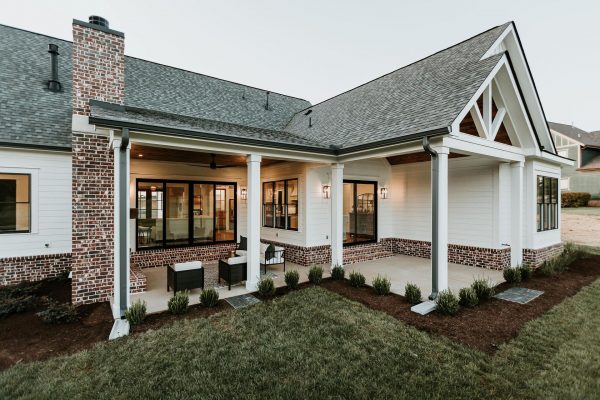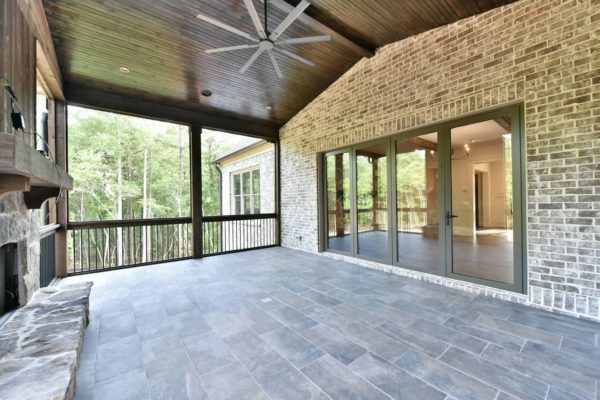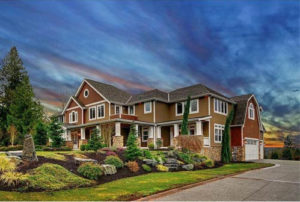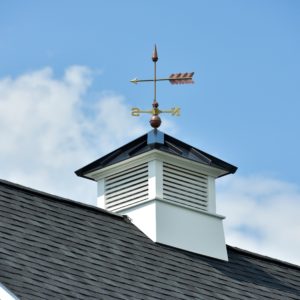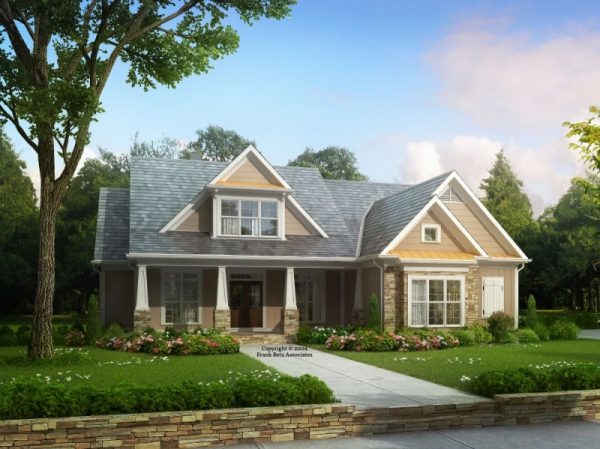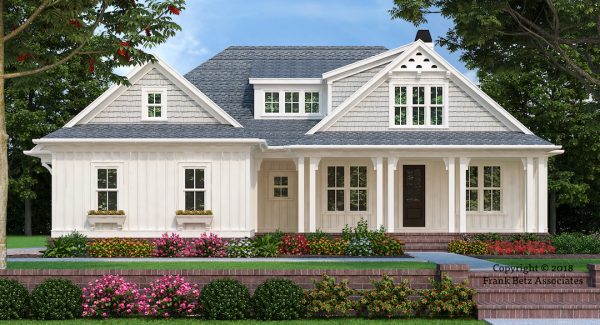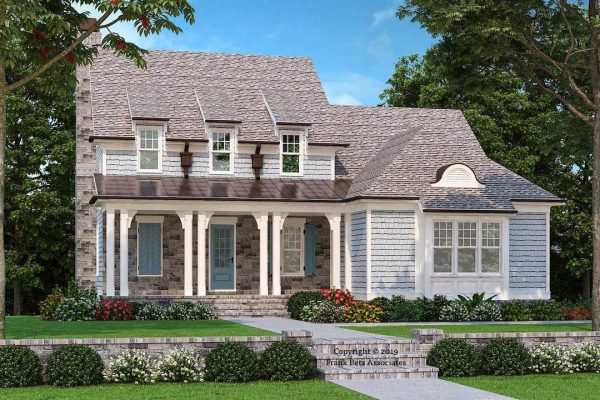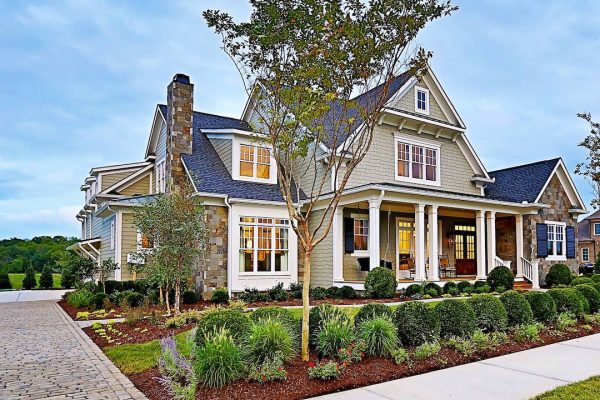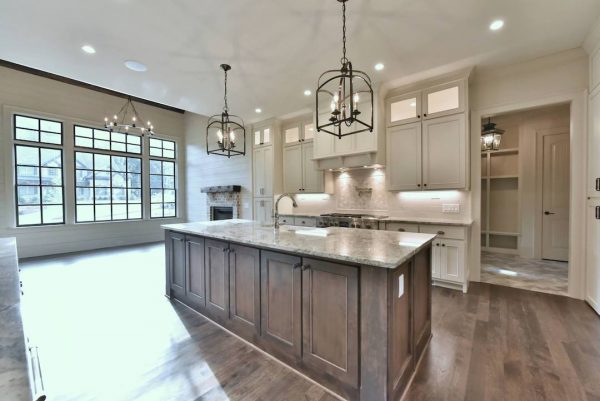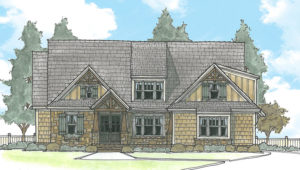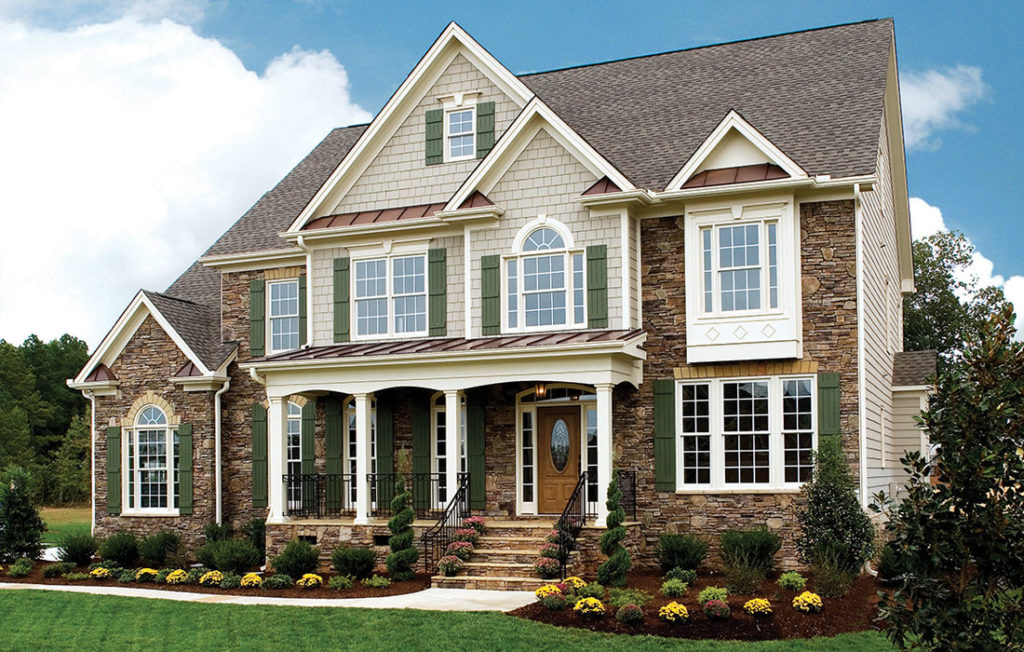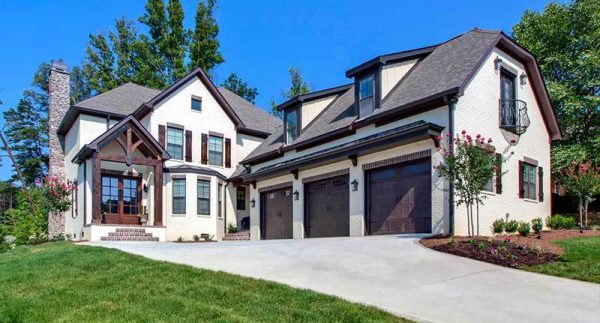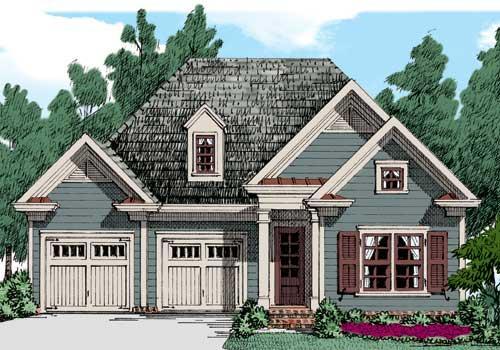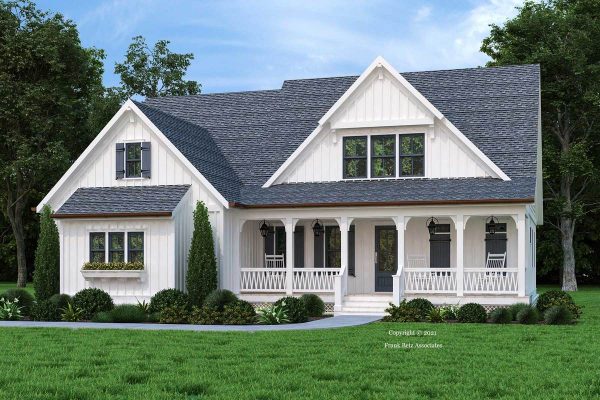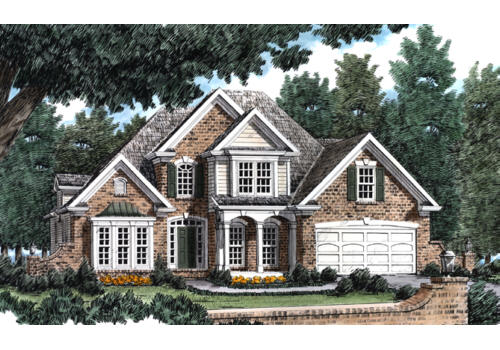Most of us spend quite a bit of time in the kitchen. In the last few decades, the kitchen has evolved from a purely utilitarian space to a central gathering area for the whole family. Having a better organized kitchen will enhance not only the efficiency of the room, but also its livability factor. As the workhorse of your home, maximizing the use of every inch of its space is important. Below you will find a list with 5 effective ways that will easily make your kitchen more enjoyable.
Organization Is Key
A great kitchen and an organized kitchen are one in the same. With so many items from food to flatware, having a defined place for each is a must. Beyond typical cabinetry and drawers, including a pantry for dry goods, open shelving for plates, bowls and glassware, and hanging racks for cooking utensils can bring needed order to the kitchen. Wine and spice racks are other examples of how you can increase organization, where everything is easy to find.
Space to Work
Kitchen storage is one thing, but you’ll also need room to work. When it comes to preparing meals, the more surface areas to cut, chop, peel, dice, and clean, the better. There are many countertop options that are very durable and easy to clean. Depending on the square footage of your kitchen, a central island can provide more room to work, as well as to dine. Small desks are also a common feature in the modern kitchen.
Dedicated Spaces for Small Appliances
A kitchen can easily look cramped and cluttered if small appliances end up in the wrong places. While it’s nice to have coffee machines, blenders, choppers, mixers, etc., they can take up valuable countertop space. This will reduce your workspace and make the kitchen appear smaller. Establishing dedicated spaces for these appliances and storage for less commonly used machines is a recommended solution.
An Open Floor Plan Will Expand the Size of Your Kitchen
If you want to make your kitchen appear larger, take advantage of an open floor plan. This will connect your kitchen with other living areas in your home. An open kitchen enables better interaction with family members in adjacent areas, like the living room or den. As stated before, the kitchen, especially an open kitchen, has become the heart of the modern home.
The importance of proper appliances
Modern technology has seen incredible advances in the common kitchen appliances. Items like in-counter dishwashers, convection ovens, gas stove tops, microwaves and smart refrigerators are just a few of the must haves for any new kitchen. It’s better to spend more for high-quality kitchen appliances. They will not only last longer, but offer a broader spectrum of features that will help you save time and effort.
If there’s any room in your new home that desires more thought and attention to detail, it’s the kitchen. As the most popular space in most home designs, effort should be made to create a comfortable and easily workable environment. The right kitchen can make your home. And if you ever opt to sell, a great kitchen is always a winning feature.
